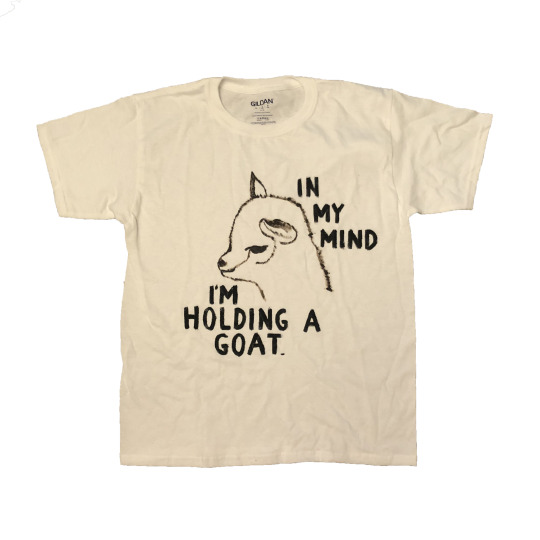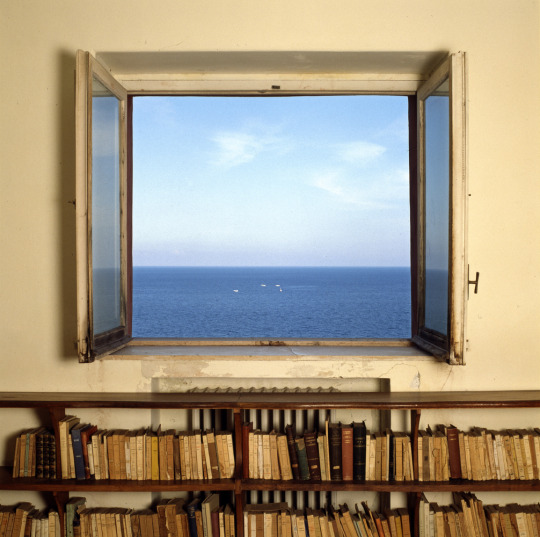Photo
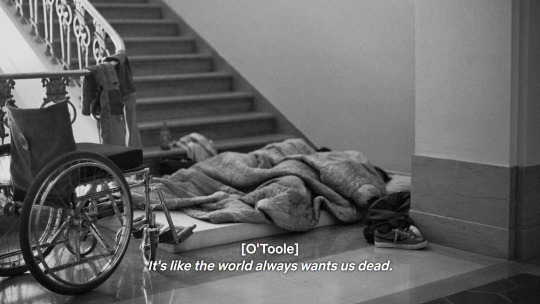
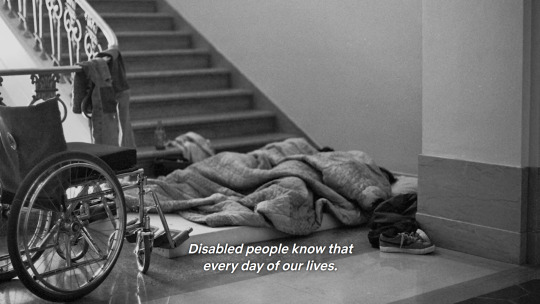
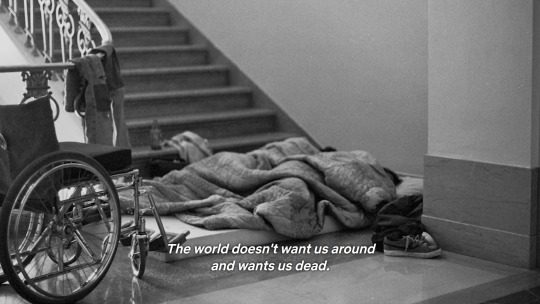
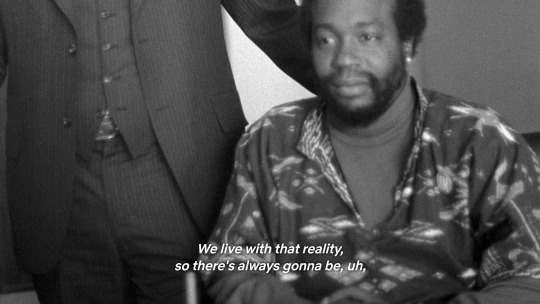
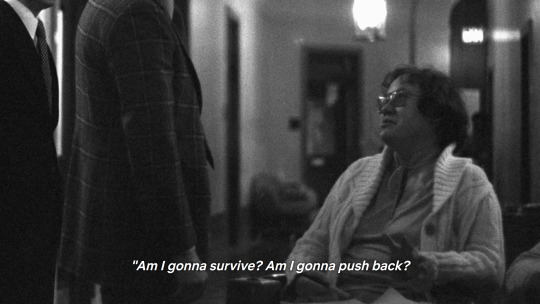

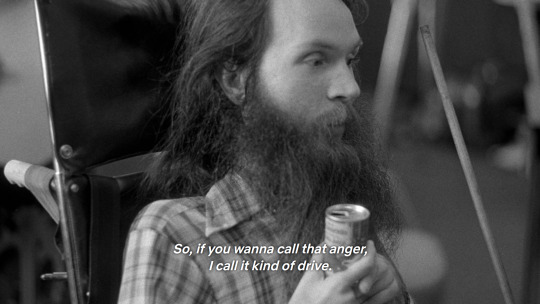
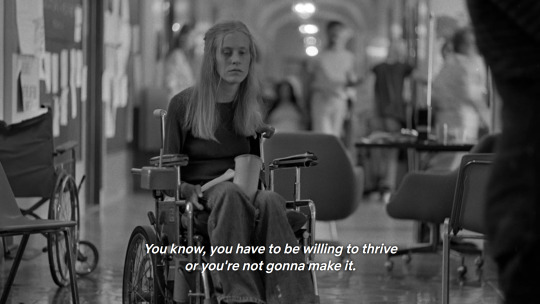
Crip Camp: A Disability Revolution (2020), dir. James Lebrecht and Nicole Newnham
[ID: Six black and white images of disability rights activists during the section 504 sit-in of 1977. The first image shows two people sleeping on a mattress at the foot of a set of stairs, with a wheelchair sitting in the foreground. The rest of the images are close-up shots of individual activists in their wheelchairs or sitting on couches during quieter times in the protest.
The narration from activist Corbett O’Toole reads, “It’s like the world always wants us dead. Disabled people know that every day of our lives. The world doesn’t want us around and wants us dead. We live with that reality, so there’s always gonna be, uh, “Am I gonna survive? Am I gonna push back? Am I gonna fight to be here?” That’s always true. So, if you wanna call that anger, I call it a kind of drive. You know, you have to be willing to thrive or you’re not gonna make it.” /end ID]
9K notes
·
View notes
Photo


Witches Heal is finally a published zine, you can order it here for either an online magazine or DM me for a physical copy: https://linktr.ee/WItches_Heal
Pictures here are two illustration by Toronto artists Heidi Cho featured in Witches Heal
3 notes
·
View notes
Photo
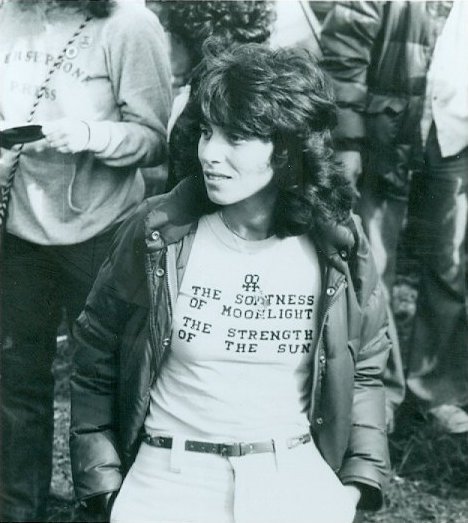
“THE SOFTNESS OF MOONLIGHT, THE STRENGTH OF THE SUN” at the first national march on washington for lesbian and gay rights, photographed by larry butler, october 1979
32K notes
·
View notes
Photo
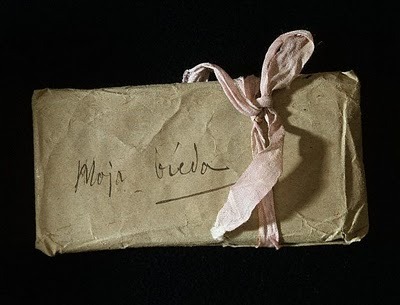
“Moja bieda” (“My sorrow”)
An envelope where Frédéric Chopin placed the letters received from Maria Wodzińska.
13K notes
·
View notes
Photo

Right place at the wrong time (2020) Guillaume Lavallée
78 notes
·
View notes
Photo



On the Color Blue
"The color blue has a long social and intellectual history. The pigment was associated with wealth, beginning when the semiprecious stone lapis lazuli began to be mined in Afghanistan over three thousand years ago and exported across the ancient world at great expense. In ancient Egypt, blue could protect the dead against evil in the afterlife. Dark blue was widely used in the Byzantine empire to decorate churches: it symbolized the infinite expanse of the sky. However, a cheaper version of blue dye, woad, could be created from plants. For the Romans, blue dye was used to color the clothes of working people. It was also associated with barbarians and with mourning. In the art and life of the early Middle Ages across Europe, blue was used to color the garments of poor working people. It was not until the status of the Virgin Mary increased and her habit changed to the expensive hue ultramarine, created from lapis lazuli, that blue became associated with holiness. We are accustomed to understand the color blue as pointing toward the precious, the infinite, and the holy: a tangle of cultural associations from different sources that both Nelson and Jarman reference in their texts. But, as Wittgenstein points out, “Someone who speaks of the character of a colour is always thinking of just one particular way it is used” (Remarks 12e) - Parsons, Alexandra. "A Meditation on Color and the Body in Derek Jarman's Chroma and Maggie Nelson's Bluets." a/b: Auto/Biography Studies 33.2 (2018): 375-93. Web.
25 notes
·
View notes
Photo



“Because crip time is vampire time. It's the time of late nights and unconscious days, of life schedules lived out of sync with the waking, quotidian world. It means that sometimes the body confines us like a coffin, the boundary between life and death blurred with no end in sight. Like Buffy's Angel and True Blood's Bill, we live out of time, watching others' lives continue like clockwork while we lurk in the shadows. And like them, we can look deceptively, painfully young even while we age, weary to our bones. ..Like the leaves just now turning as the year spins toward its end, I want sometimes to be part of nature, to live within its time. But I don't. My life has turned another way.
I live in crip time, now." - Six Ways of Looking at Crip Time, Ellen Samuels
10 notes
·
View notes
Photo



CALL FOR SUBMISSIONS: WITCHES HEAL +
This call prioritizes artists and writers and healers that are indigenous, black, people of colour, women, LGBTQ2+, people with disabilities and members of other marginalized communities.
We use ritual, ceremony, astrology, tattoos, moon cycles, art, performance, writing, and herbs as apart of our process to heal, transform and care for ourselves. These practices and rituals help us manifest our magic, agency and guide us towards our chosen family, our covens and our queer-weirdos and the pleasure we seek to foster within our bodies and others. This zine is looking for a range of submissions specifically ones that take a critical and anti-colonial approaches to healing cultures. We’re looking for written/ visual, critical essays, photography, poetry, and herbal recipes from artists, florists, healers and herbalists, academics, writers and poets. ~
🔹
This zine aims to document the more than human connections we have to plants and animals and our various relationship to chronic sickness, healing, disability, crip time, and surviving.
🔹
Some themes to consider: sowing worlds, attunement, contamination, arts of noticing, fermentation, collaborative survival, moon cycles, moonlight, witch bodies,trauma care, grief, stories or rituals you use that include particular herb(s) plants or flower, animal, essential oil etc.
WITCHES HEAL is curious about how we use animals for connection and plants as gestures for care, for sickness, for romance and for vitality etc.
🌼
DEADLINE for submissions: winter solstice 2018.DEC 21
TO SUBMIT EMAIL US: [email protected]
Include: 50 word Bio with 250-500 word project description, include images in jpeg. And 300dpi format
Images by Lauren Spencer King
8 notes
·
View notes
Link
I was interviewed for this magazine about my research concerning queer made tarot and self care.
6 notes
·
View notes


